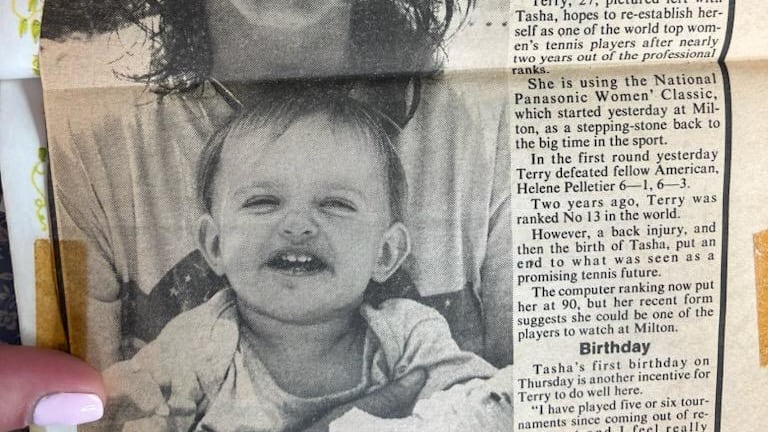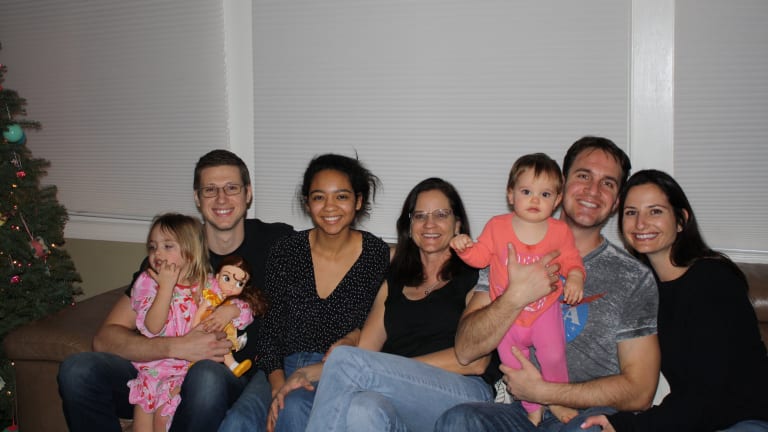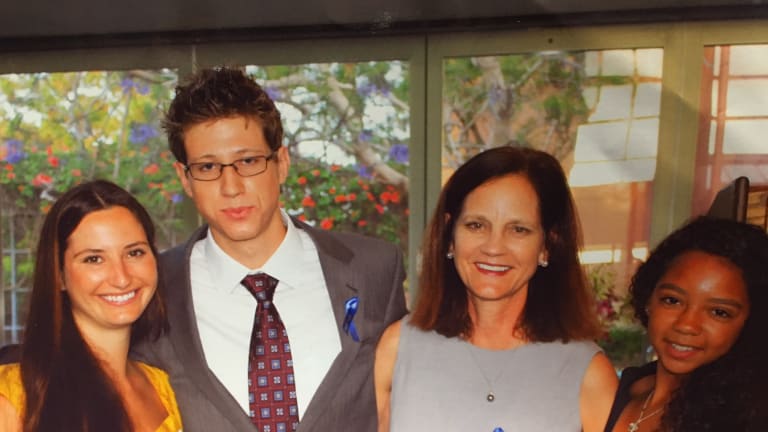Tennis.com Interview
Four decades ago, Terry Holladay was the WTA's pioneering mom
By Sep 21, 2023Tennis.com Interview
Jan-Lennard Struff sees Munich title defense bid as 'perfect opportunity' to turn 2025 around
By Apr 14, 2025Tennis.com Interview
Lorenzo Musetti manifested his 'special' week in Monte Carlo with first Masters 1000 final
By Apr 12, 2025Tennis.com Interview
No logic, just a feeling: Andrey Rublev "always knew" he wanted to work with Marat Safin
By Apr 07, 2025Tennis.com Interview
Brad Gilbert, Patrick McEnroe weigh in on U.S. men's tennis evolution
By Apr 05, 2025Tennis.com Interview
Patrick McEnroe decries Jannik Sinner suspension, tags Joao Fonseca as future star
By Apr 04, 2025Tennis.com Interview
On chicken farm, Danielle Collins embraces “crunchy granola lifestyle”
By Apr 03, 2025Tennis.com Interview
Feeling like a teenager, Alizé Cornet, 35, makes triumphant comeback from retirement
By Apr 02, 2025Tennis.com Interview
Danielle Collins launches iconic richsport merch collab
By Mar 07, 2025Tennis.com Interview
Zizou Bergs: From TikTok to Top 50 in Indian Wells?
By Mar 06, 2025Tennis.com Interview
Four decades ago, Terry Holladay was the WTA's pioneering mom
After giving birth in 1982, Holladay successfully petitioned the tour to return the following year without a ranking—an early application of what is now the protected ranking rule.
Published Sep 21, 2023
Advertising

A newspaper clipping from Terry Holladay's playing days with young 'Tasha.
© Courtesy of Terry Holladay.
Advertising
Advertising

Terry Holladay and family, from left to right: Romyn, Tasha's first child; Terry's son, Louis; Terry's daughter, Maggie; Terry; Michael Tracy, Tasha's husband (holding River, Tasha and Michael’s second daughter); and Tasha.
© Courtesy of Terry Holladay.
Advertising

Terry Holladay and her three children, from left to right: Natasha, Louis, Terry, Maggie.
© Courtesy of Terry Holladay.